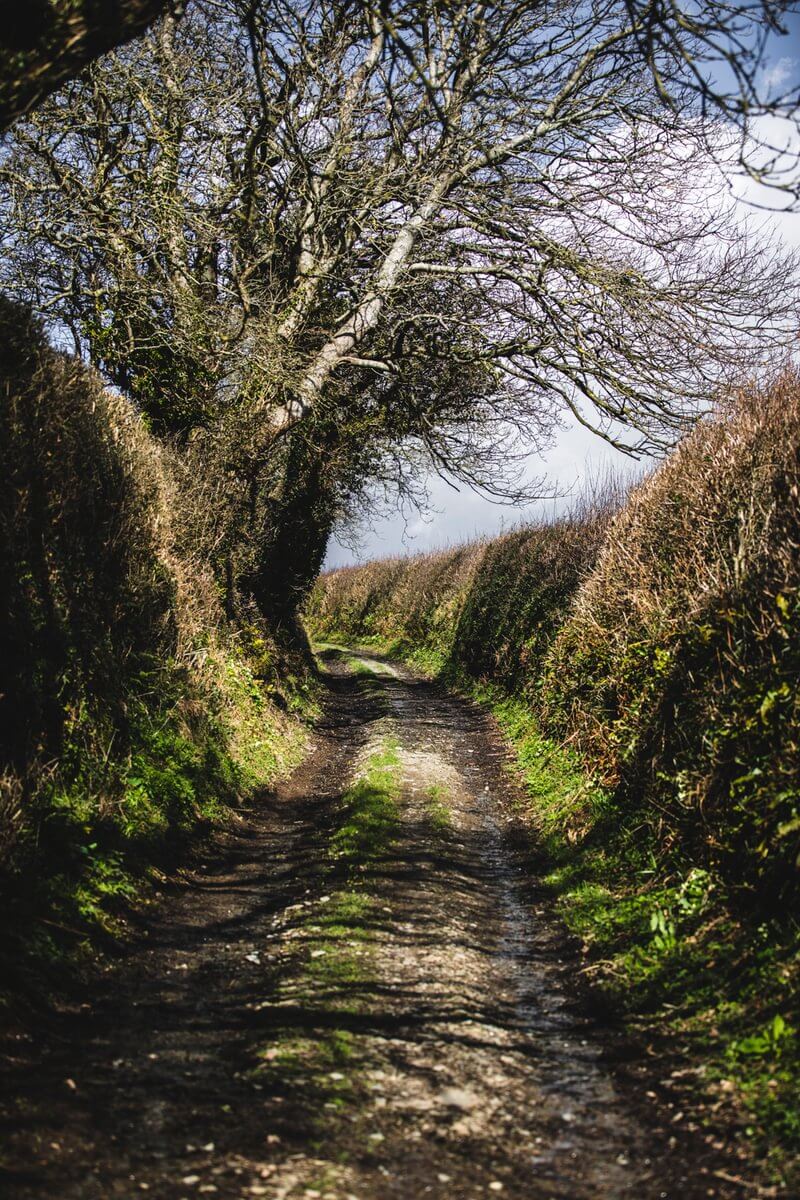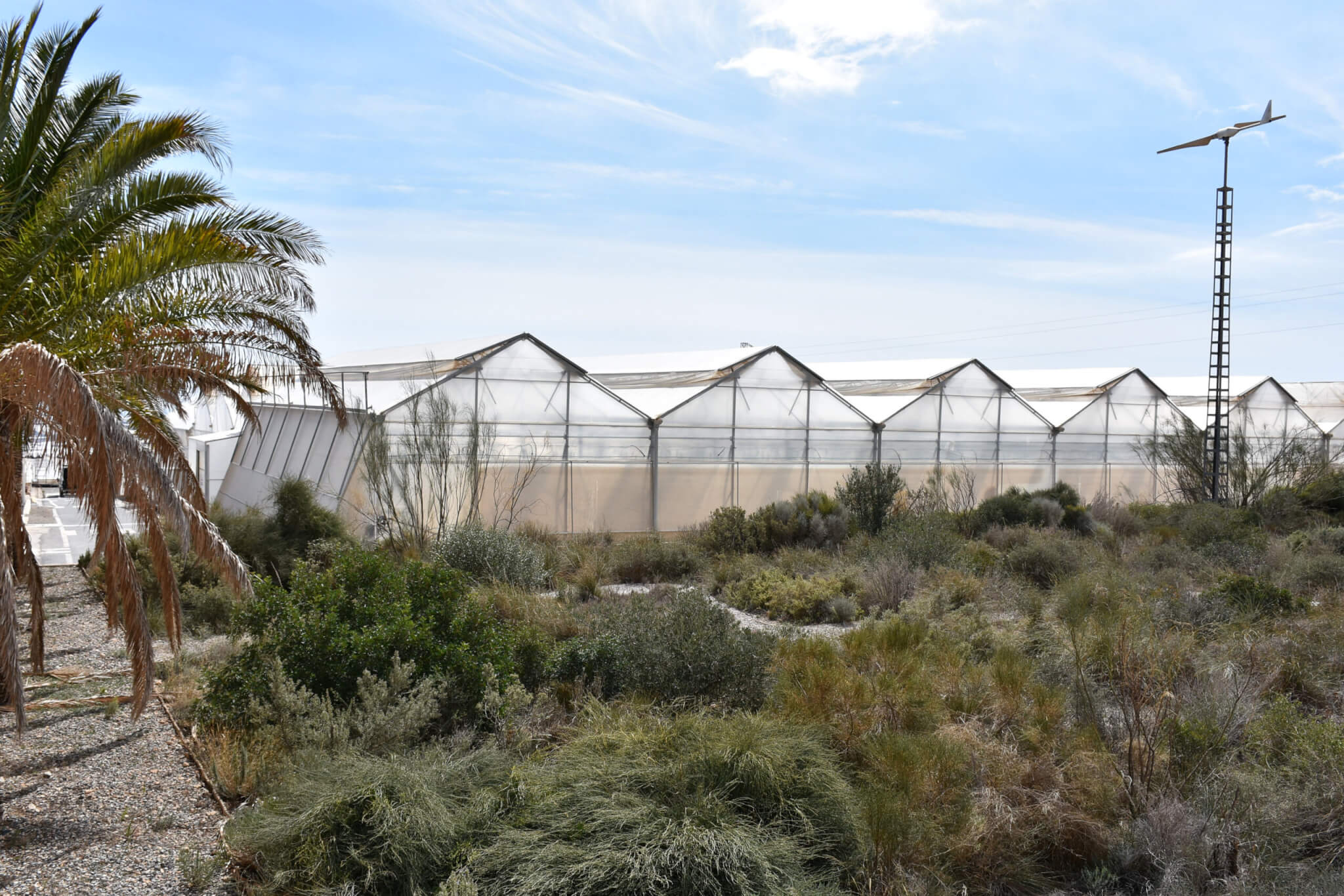The first daffodils are out and wild garlic is sprouting in the woods. With the sun edging higher and the days lengthening, a grower’s urge to plant escalates with each bright morning. Yet despite this sap rising from our boots, the soil is still cold and wet, and with memories of early plantings that struggled in cold seed beds being overtaken by those planted later in better conditions, we will temper the urge to sow and catch up on holidays instead. Early plantings have to spend longer fighting off weeds and disease and contending with gales and rain, often producing lower quality crops than those planted a month later.
So, apart from early potatoes in favoured coastal areas, the ever-hardy broad beans and perhaps some hopeful sowings of carrots, we will wait until mid or late March to start planting in earnest. Perhaps we have become too risk averse; Brexit and a 20% devaluation in the pound does renew the pressure to save a week of imports by starting our season early, but perhaps that is the sap talking.
We may not be planting but it is time to start getting our warmer, well-drained south facing slopes ready. On heavy, hard-to-cultivate clay soil it is traditional to plough in the autumn, leaving the furrows standing as high and exposed to frost as possible. The progressive action of freezing and thawing breaks clods into a fine seedbed with little need for cultivation in the spring; particularly useful if your horsepower comes from a horse, as was the case when the practice originated. While this time-honoured technique works well in the east of England where rainfall and soil temperatures are lower, it is disastrous under the 30 to 40 inches of winter rain typical in Devon. Here it can reduce bare soil to the foul smelling mess you might dredge from the bottom of a pond. Anaerobic, full of toxins and intrinsically sick, it’s certainly no place to plant a vulnerable seed. 30 years of trial and error have taught us to let our soils rest over the winter covered with grass, a green manure or even weeds until late January at the earliest; the root channels and earthworms help drainage and aeration, while the foliage cushions the impact of raindrops and prevents soil erosion. The next break in the weather will herald our soil’s rude awakening; first with muck and then with the plough, and the new farming season will begin in earnest.











0 Comments